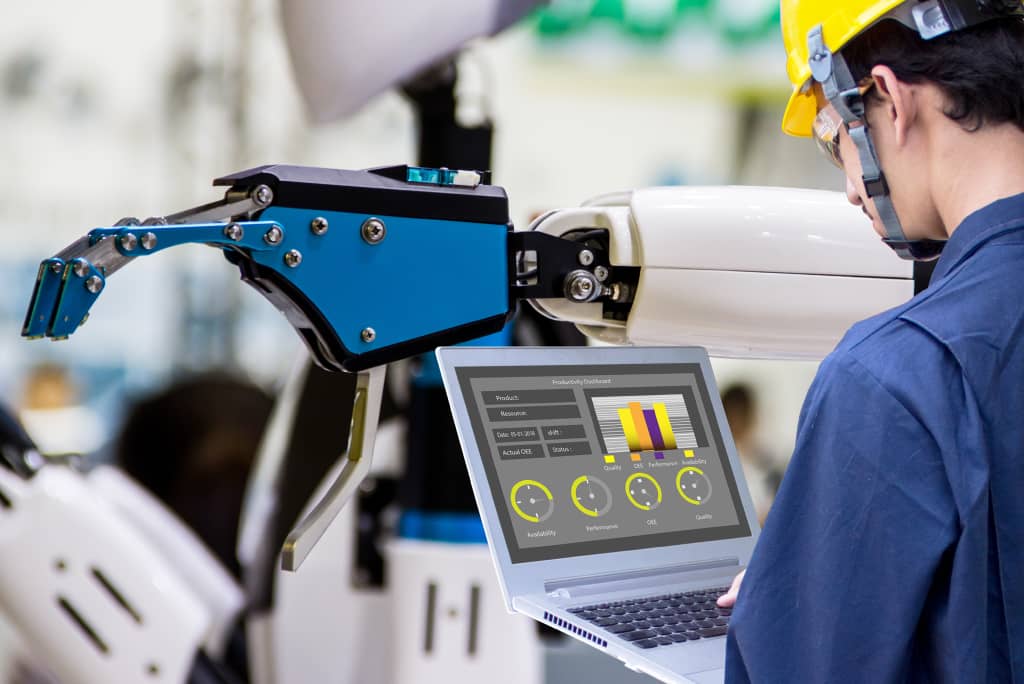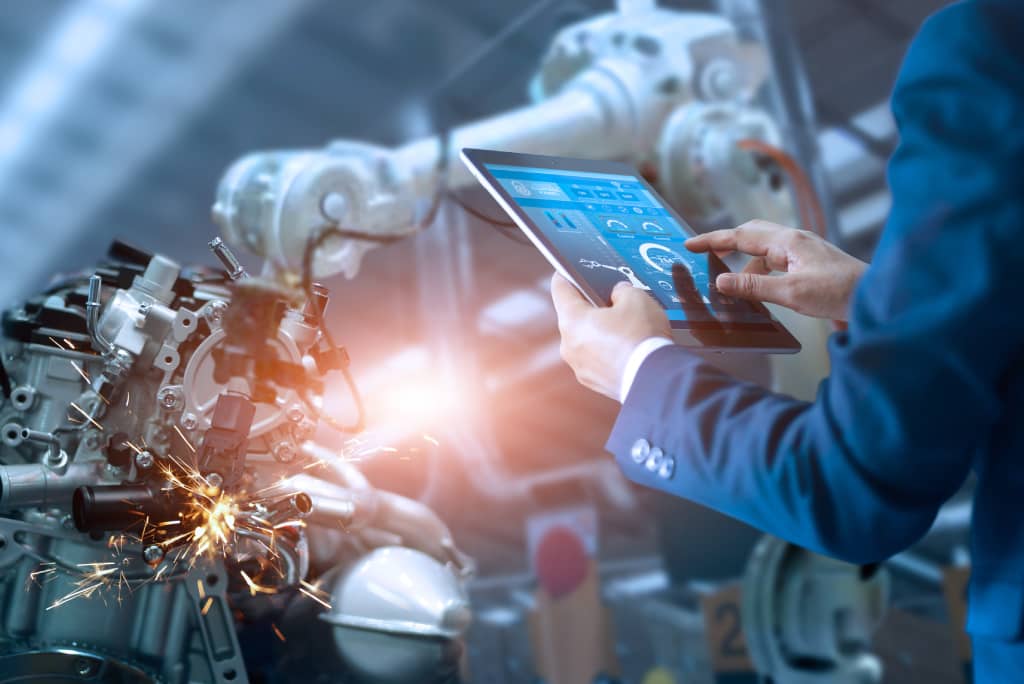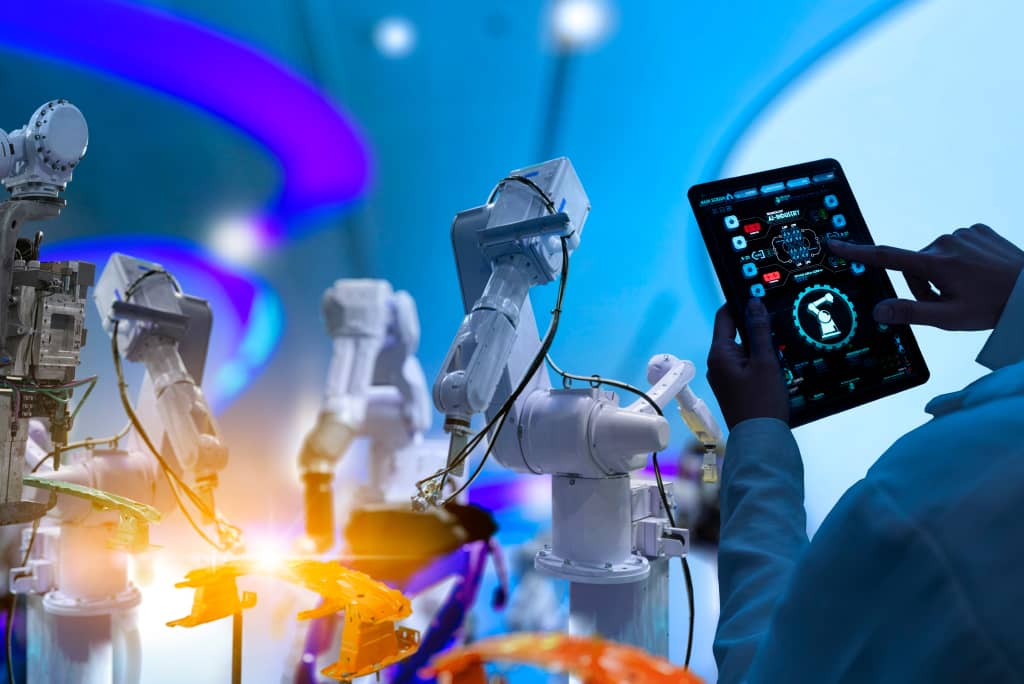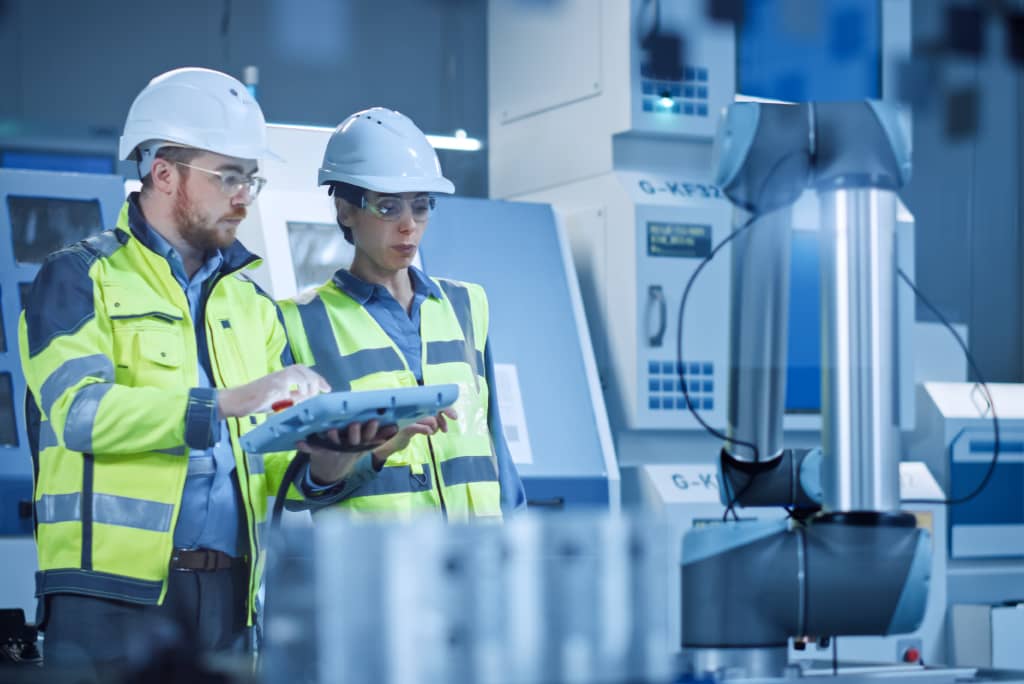RECENT POSTS

Strategic Planning: Manufacturing CapEx Formula and Success for Controls Engineering Projects
Managing capital expenditures (CapEx) in manufacturing is crucial in acquiring, upgrading, and maintaining physical assets. The decisions you make about when and how much to invest in equipment will have a significant impact on how you operate—and compete—well into the future.
With the technological transformation increasing in manufacturing, including controls engineering projects, companies have big decisions to make. This article explains the manufacturing capital expenditure formula and the key steps you need to take to make smart decisions.
Manufacturing Capital Expenditure Formula (CapEx Formula)
The CapEx formula is fairly straightforward. You will need your company’s financial statements. Typically, it is calculated annually during the budgeting process. You need to calculate the change in your fixed assets from the prior year as well as your current depreciation.
Capital expenditures = PP&E (current period) – PP&E (prior period) + depreciation (current period)
PP&E stands for property, plant, and equipment.
To find your current depreciation, you will take your total depreciation on your financial statements and subtract any accumulated depreciation from prior years.
Once you have completed this calculation, you can see how much money is invested in new or existing fixed assets to help inform future spending policies.
Here is an example.
A manufacturing company invested heavily in new automation and control engineering to increase capacity and throughput by optimizing production flows. While capital expenses refer to fixed assets like machinery, the initial cost of engineering, integration, and controls are typically rolled into the cost. According to their financial statements:
- Prior year PP&E: $5 million
- Current year PP&E: $7 million
- Current year depreciation: $1 million
- Accumulated depreciation from prior years: $2 million
Therefore, Capital expenditures = $7 million – $5 million + ($1 million – $2 million) = $1 million.
This shows that the CapEx for the year measured was $1 million for the automation equipment and engineering. This calculation measured the true fixed asset investment made over the past year.
The Capital Expenditures Ratio (CapEx Ratio)
As companies prepare budgets for the next cycle, they also examine CapEx ratios to help determine whether they have enough capital to spend on CapEx.
The CapEx Ratio Formula is:
CapEx Ratio = Operating Cash / CapEx
If your CapEx ratio is greater than 1, you have sufficient funds to spend on capital purchases if you choose. If the ratio is less than one, you might need to consider financing options.
Continuing with our example, our manufacturer will examine their cash flow statement. In this case, it shows operating cash flow was $2 million.
CapEx Ratio = $2 million / $1 million
This produces a CapEx Ratio of 2.0. This ratio shows that the manufacturing company generates enough cash to support capital spending with a strong cash position.
Making Wise CapEx Investments in Manufacturing
Your overriding goal in any business investment is to get a healthy ROI and position your company for the future. There are several key considerations to keep in mind to make wise investments.
Focus on long-term goals
Start by envisioning your business two to three years from now and your goals for growth. Then, list the assets you need to reach those future goals. Focus on long-term planning rather than short-term operating expenses.
Justify with metrics
Link each proposed CapEx item to measurable goals. For example, “This equipment will increase capacity by X%” or “This software will reduce defects by Y%.” Assessing expenses with KPIs justifies the long-term investment.
Include all costs
Consider both direct purchase costs and ongoing indirect costs like maintenance, training, and downtime. Also factor in potential knock-on benefits like improved customer satisfaction.
Analyze return on investment
Evaluate the net present value and expected ROI of each CapEx item. Earning a good return on your capital expenditure is key.
Consider alternatives
Before committing to a specific asset, brainstorm alternative approaches to meet your goals. In some cases, continuing current operations may be the best option.
Measure success
Analyze whether the CapEx asset delivers the intended benefits per your cost-benefit analysis. If it falls short, determine why, and address any training or vendor issues.
Keep in mind that sometimes capital investments are justified because of other external factors. For example, failing to invest in modern machinery may put you at a significant competitive disadvantage. In this case, even an investment with less-than-steller ROI may be necessary to protect your revenue stream.
Planning Your Equipment Automation and Controls Engineering
If you need help planning your capital expenditures (CapEx) in manufacturing and determining the right solutions for your business, the industrial automation solutions specialists at Pacific Blue Engineering can help. A trusted control systems integrator, Pacific Blue Engineering specializes in customized automation for the industrial manufacturing, entertainment, and transportation sectors. We design and build custom panels, create turnkey control system integration, and modernize legacy systems.
Contact Pacific Blue Engineering today to request a consultation.
similar posts
Certifications
Contact Us
Telephone:
Corporate Office “The Shop”
Pacific Blue Engineering, LLC
2880 Orange Ave
Long Beach, CA 90755
© All contents copyright © 2023 by Pacific Blue Engineering













